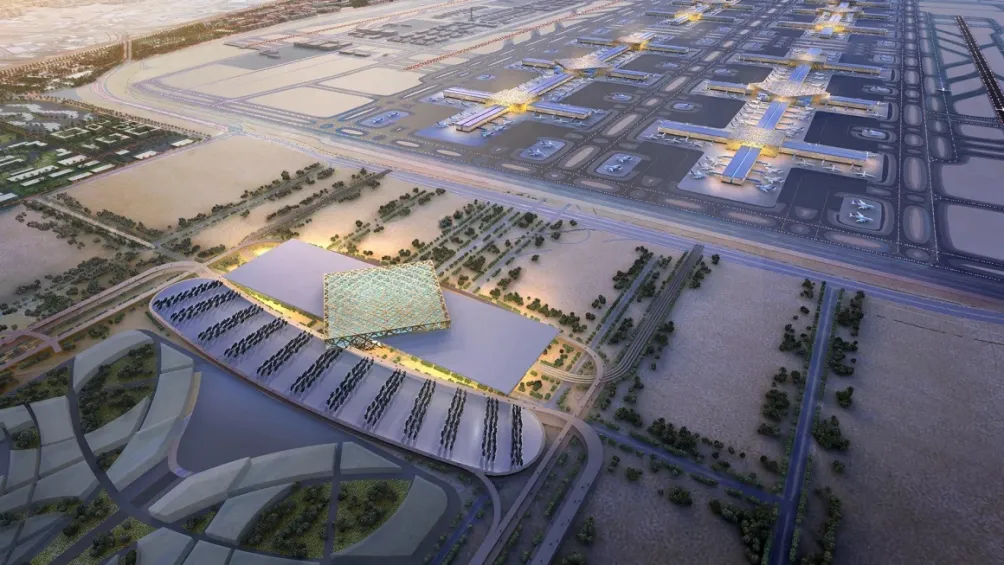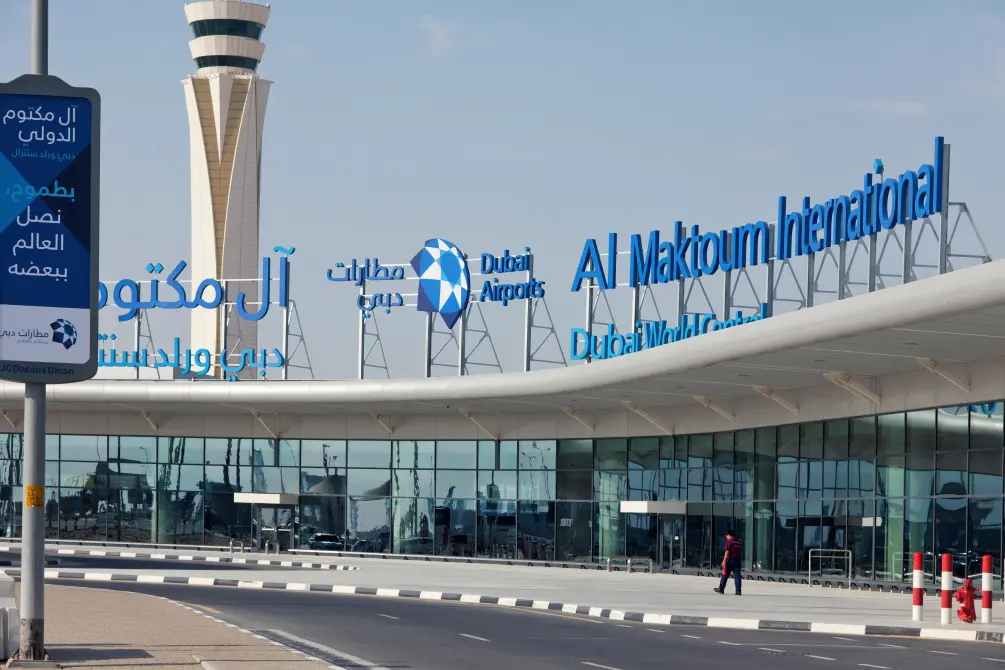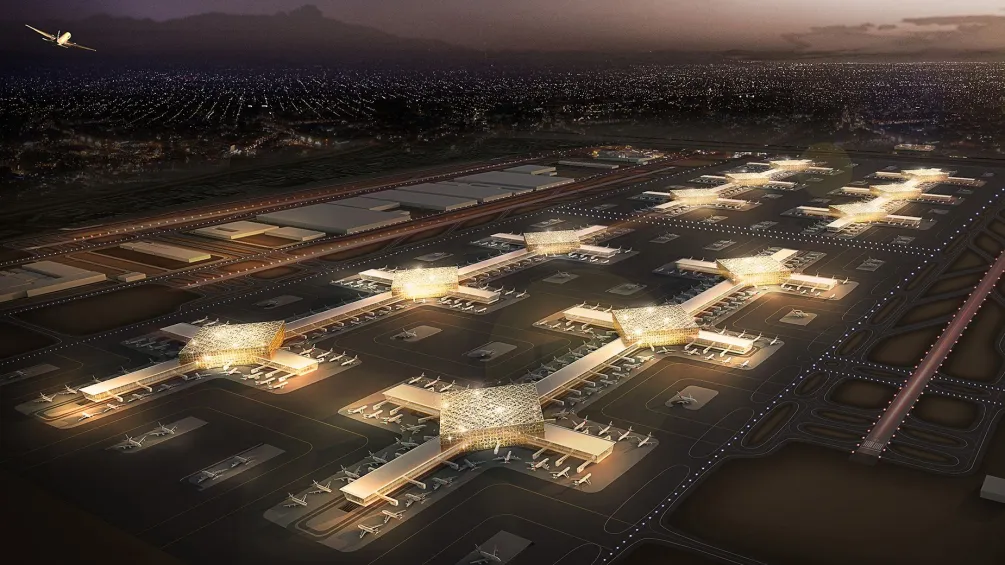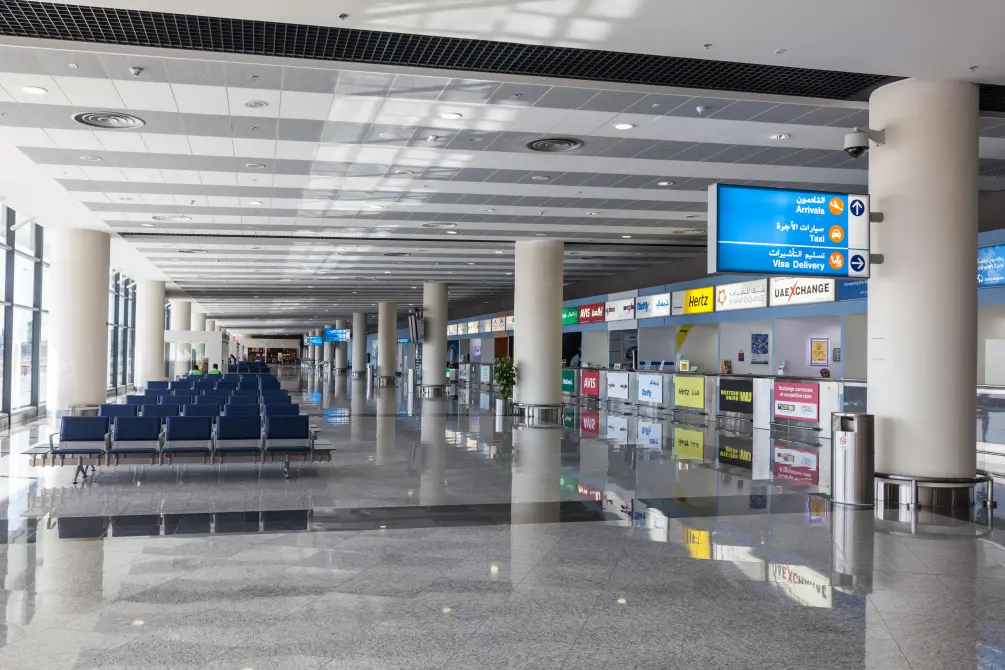News
Dubai’s Ambitious Plans for the Largest Airport in the World
In the dynamic landscape of international travel, Dubai has been at the forefront of innovation and grandeur in the aviation industry. One of its ambitious projects, the Al Maktoum International Airport, also known as Dubai World Central, has been on a trajectory to become the largest airport globally. Despite welcoming passenger flights since 2013, the airport’s transformative journey aims to redefine air travel with a futuristic “mega-hub” concept. Let’s find out with nowglas.

Located 20 miles southwest of Dubai, Al Maktoum International Airport has been a beacon of ambition for the emirate. Plans to unveil a colossal 3D model featuring six runways and three terminals were showcased at the Dubai Air Show, signaling the airport’s vision to revolutionize the air travel experience. However, the expansion and investment in Dubai International Airport took precedence over the new mega airport.
See more: Unlock Exclusive Amazon Savings: Amex Cardholders Rejoice!
Paul Griffiths, the Boss of Dubai Airports, explained that prioritizing the expansion of Dubai International Airport would absorb near-term growth, providing additional time to strategize the phased expansion of Dubai World Central. While a firm completion date for this mega project is yet to be confirmed, projections suggest that Dubai might require a new airport in the 2030s.
Upon completion of the expansion, Al Maktoum International Airport aims to handle a staggering 160 million passengers annually, along with managing 12 million tonnes of freight. Currently serving a limited number of low-cost airlines primarily operating services to Eastern Europe, Russia, and Central Asia, the airport has found alternative roles in the aviation sector. Al Maktoum International Airport has become a hub for aircraft maintenance and repair, welcoming executive jets and charter flights.

Saudi Arabia’s Aspirations for King Salman International Airport
Meanwhile, Saudi Arabia has its sights set on building the world’s largest airport with the King Salman International Airport in Riyadh. This monumental travel hub is envisioned to feature six runways and cater to an estimated 120 million passengers annually by 2030. The extensive project, spread across 57 square kilometers, positions it as a key player in the global aviation landscape.
When operational, King Salman International Airport aims to accommodate a significant influx of passengers, further solidifying Riyadh’s status as a major international travel hub. With ambitions to rival other prominent airports worldwide, this colossal endeavor aligns with Saudi Arabia’s strategic vision for economic diversification and global connectivity.

Europe’s Aspiring Mega Airports
Beyond the Middle East, Europe is also witnessing plans for new mega airports that could reshape the continent’s air travel landscape. Warsaw Solidarity Airport in Poland emerges as a contender poised to rival major hubs like Heathrow and Dubai. The airport aims to facilitate long-haul flights, providing passengers from Central and Eastern European countries direct connectivity to global destinations, eliminating the need to travel through Western European hubs.
Italy’s Salerno Airport, currently undergoing a substantial £400 million renovation, is set to transform with a longer runway and additional boarding gates. The comprehensive development includes commercial structures within the airport, and plans for a new metro with five stops alongside the Salerno Battipaglia railway line, contributing to the region’s overall transportation infrastructure.

As airports around the world evolve and expand, these ambitious projects reflect the global aviation sector’s resilience and adaptability. While Dubai’s Al Maktoum International Airport and Saudi Arabia’s King Salman International Airport strive to lead in scale and capacity, Europe’s emerging hubs like Warsaw Solidarity Airport and Salerno Airport underscore the continent’s commitment to advancing air travel connectivity and efficiency. As these projects unfold, the future of global air travel appears set for remarkable transformation.
